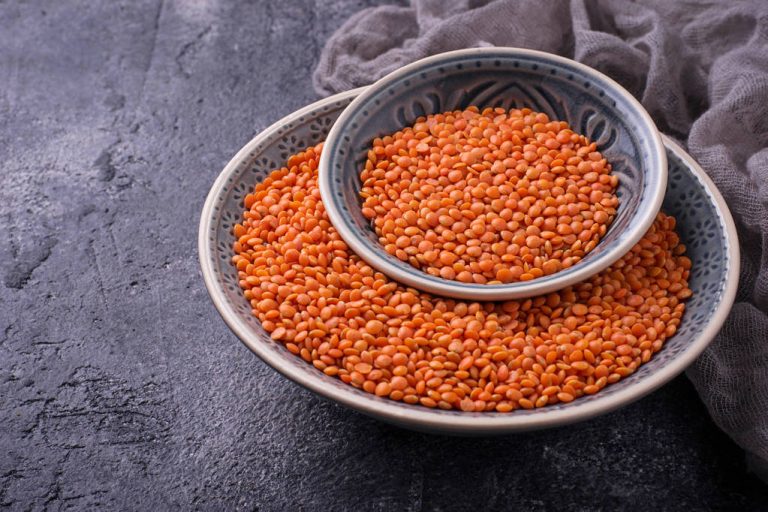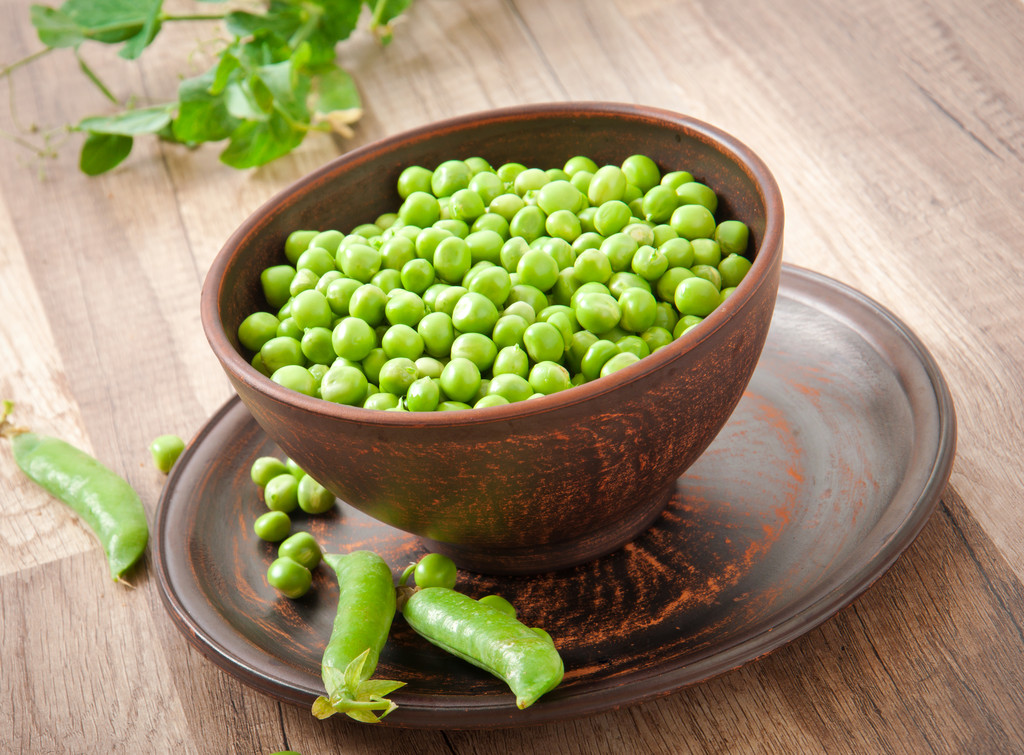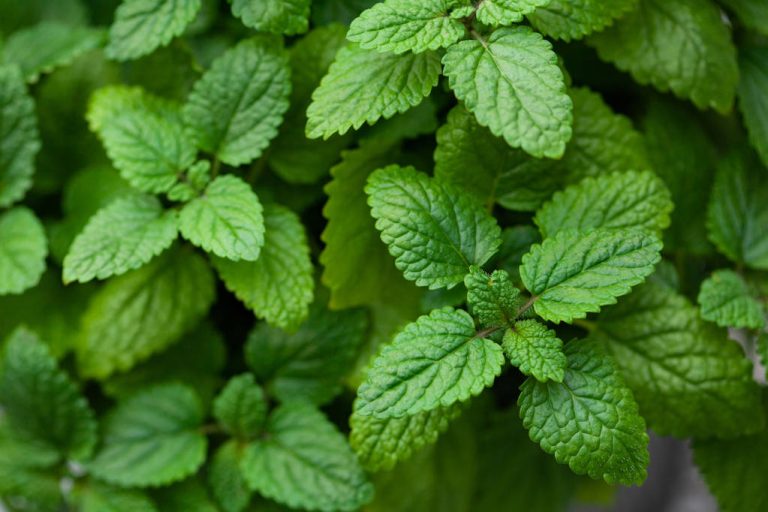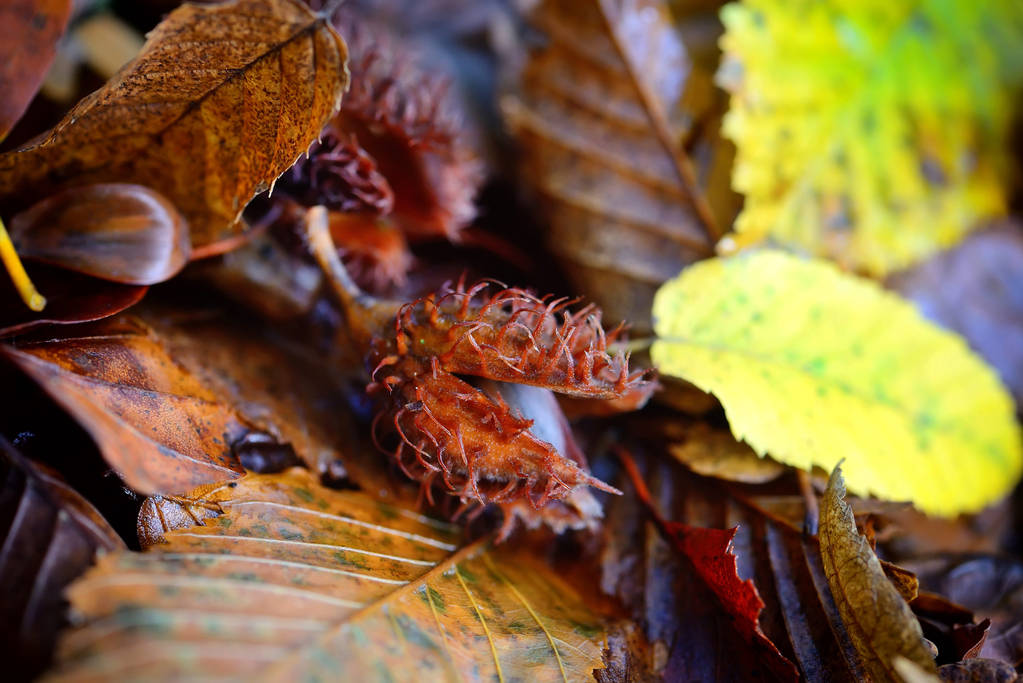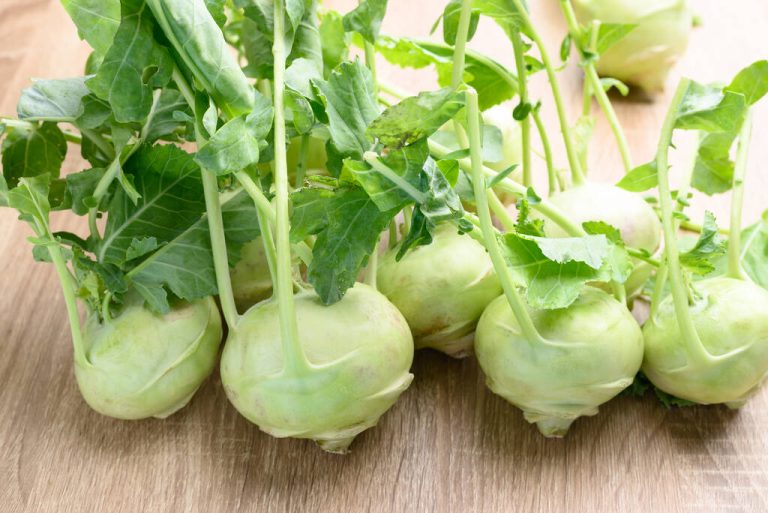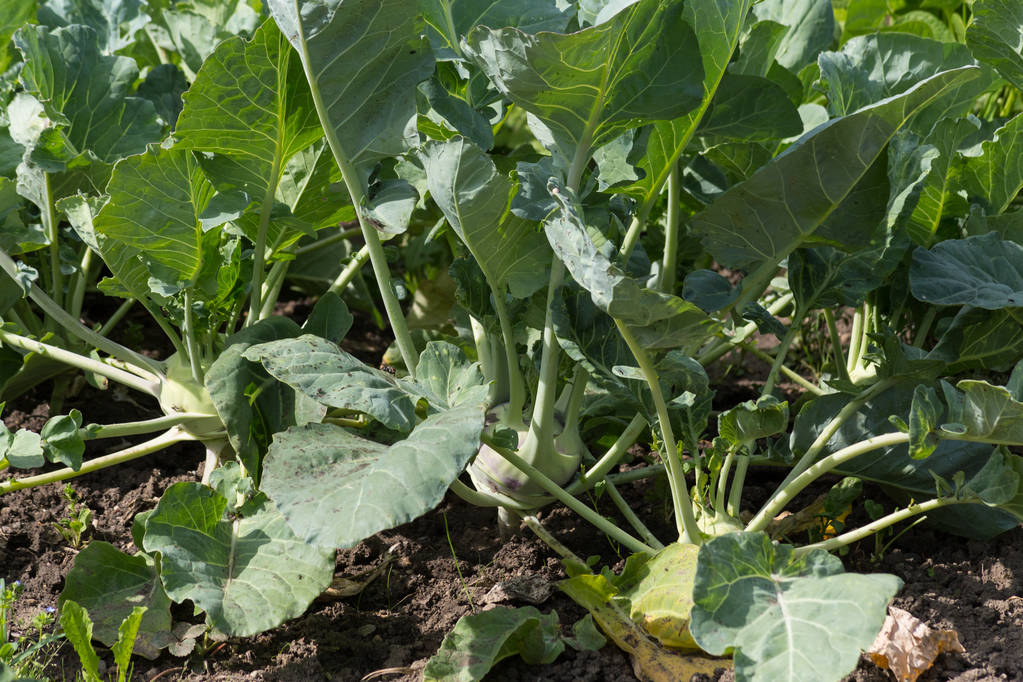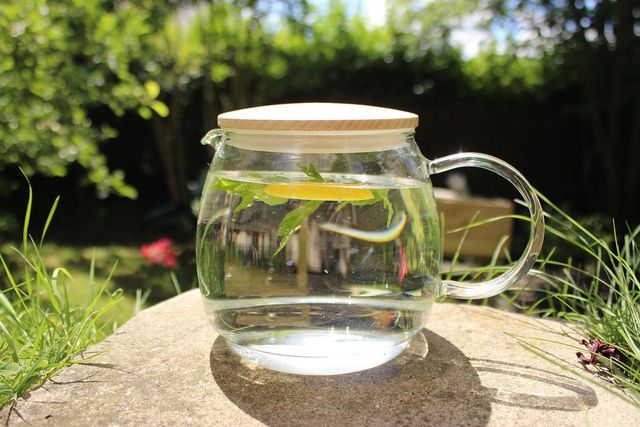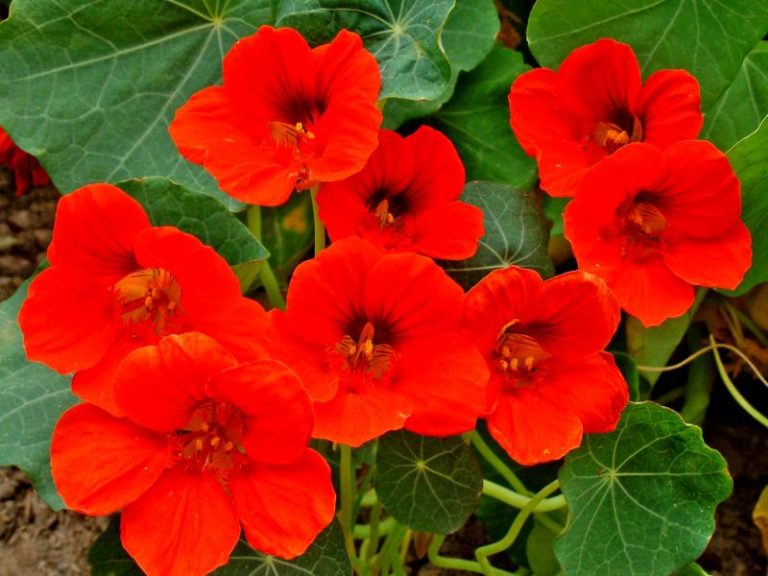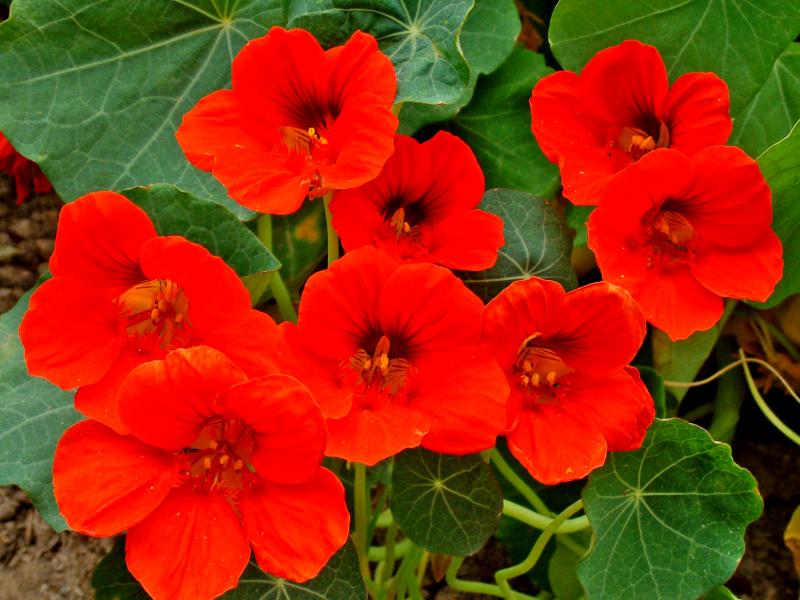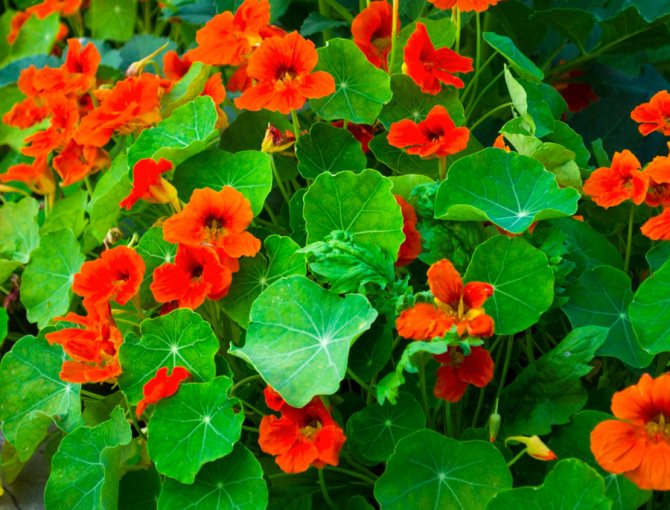Many low-calorie drinks now have a permanent place on the menu of our favorite restaurants. Our diet also offers us many opportunities to avoid sugar with the help of sweetening alternatives. But which sugar alternatives are there, what can they be used for and how healthy are they actually?
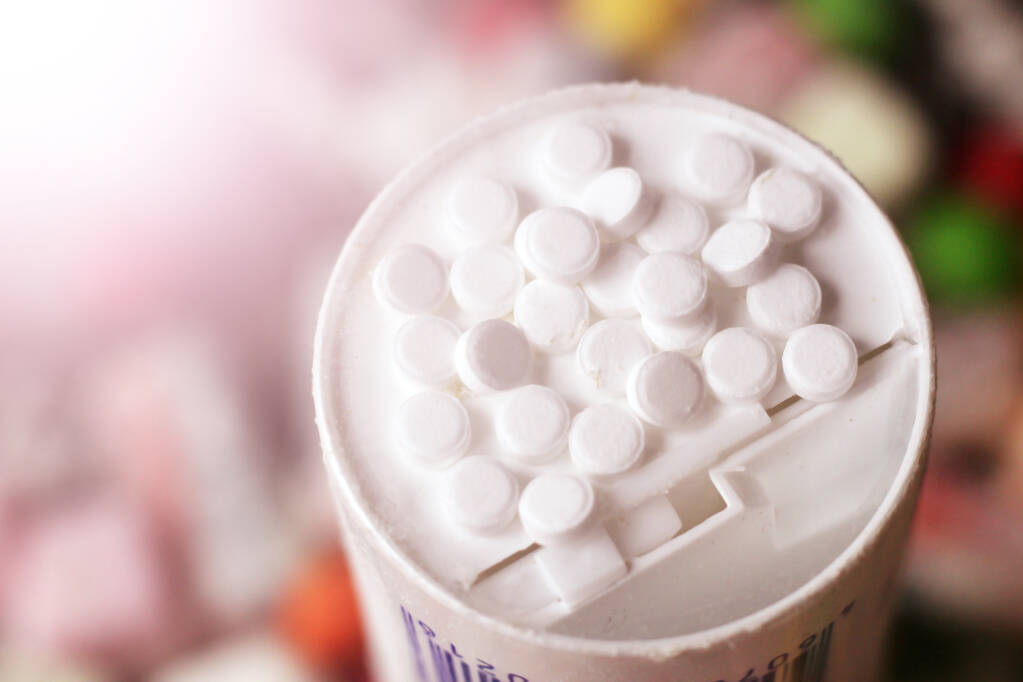
Artificial Sugar Alternative #1: Saccharin
With a sweetening power 300 to 500 times stronger than our table sugar, saccharin has made it to the top of the most popular sweetening alternatives. Saccharin is not metabolized and is ultimately excreted unchanged. Because it is calorie-free, saccharin is often used in light products.
#2: Aspartame
The same can be said about aspartame. Aspartame has protein building blocks (proteins) that contain four calories per gram. Therefore, it comes very close to sugar, also with four calories per gram.
#3: Erythritol
We often come across erythritol in the sugar department, packed in a bag as an alternative sweetener. It is mostly used 1:1 like sugar for baking
More artificial sugar alternatives
Sucralose is a real all-rounder! This is a new sweetener made from sugar that is not metabolized and is excreted unchanged in most people. In addition, it is 600 times sweeter than sugar, good for the teeth, water-soluble and can be used for many foods.
Natural Sugar Alternative #1: Stevia
After dealing with the chemical sweeteners, we turn to the natural, plant-based alternatives and their special features.
#2: Xylitol
Even if the name is more reminiscent of a musical instrument: xylitol
The sweetener from Finland has the name “birch sugar” because it is traditionally made from birch bark here. Xylitol dissolves well in water, looks just like our table sugar and is often used for chewing gum and toothpaste due to its tooth compatibility.
#3: Coconut Blossom Sugar
Coconut blossom sugar is also known as palm sugar and is considered one of the top sweetening alternatives. With a whopping 380 calories per 100 grams (sugar at around 400 calories) it is the most sinful sugar substitute. If you also look at the nutritional values (90g per 100g of carbohydrates), you might ask yourself why coconut blossom sugar is supposed to be healthier.
Other natural sugar alternatives: rice syrup and sweeteners from the kitchen
Rice syrup is made into syrup using a fermentation of cooked rice and originally comes from Japan. Rice syrup* comes to about 290 kilocalories and 70 grams of carbohydrates per 100 grams. The syrup also contains no fructose and is therefore well suited for people with a fructose intolerance. Rice syrup tastes less sweet than sugar and also has an effect on blood sugar levels. Rice syrup contains calcium and iron.
Baking with sugar alternatives – you should pay attention to that
Since hardly anyone would like to do without their sweet cake in the afternoon, the question arises as to how well the sweetening alternatives are suitable for baking. Because the correct dosage is particularly important when baking, as this can deviate from the usual sugar and the alternatives. As we noted above, sweeteners vary
Sugar alternatives: That’s what dental health is all about
The dissatisfied look of the dentist and then again: caries! It’s simple: oral bacteria feed on sugar, and sugar has become a big part of many of our foods. Because we are eating more and more sugar.
Sweet drinks in particular are dangerous because they quickly give us a lot of sugar and thus damage our dental health. Refined sugar and cane sugar promote the development of caries to the same extent. Even honey should not be consumed excessively when the teeth are suffering.
Sugar alternatives and weight: For a slim line?
The eternal suffering with sugar and the morning number game on the scales – if you want to lose weight, you should avoid sugar. This is often said and unfortunately it is also true. But what about sweeteners? Don’t worry, because sweeteners are often accused of making you fat, but the German Society for Nutrition has no current scientific evidence.
Due to the lack of metabolization and the lack of nutritional values, the body cannot utilize sweeteners, which is why the blood sugar levels are not further influenced. It should be borne in mind that artificial sweeteners increase the appetite for sweets as they trick the brain into thinking it is eating something “sugary” and this feeling does not last long due to the lack of energy (in the form of kilocalories). The feeling of hunger can thus return faster and let us devour the second piece as well.
However, as long as it’s two (maybe three) and a good balance, sweeteners shouldn’t interfere with weight gain. On the contrary: if used correctly, sweeteners can help reduce our cravings (especially at the beginning of a craving).
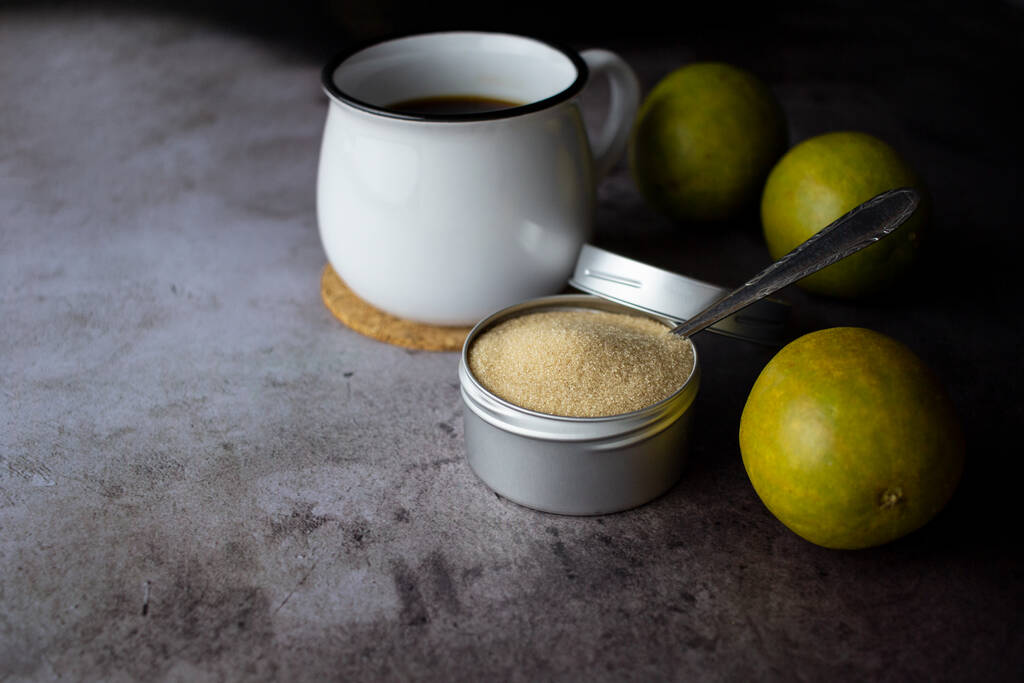
Sweeteners in diabetics and children
Sugar alternatives for children: As mentioned above, sweeteners are almost calorie-free, tooth-friendly and do not affect blood sugar levels, which is why they are harmless to children’s health in reasonable amounts. However, it is important to ensure a balanced diet, since sweeteners do not keep you full for long. In addition, children should not eat too much, as these are often heavily sweetened and they could get used to the above-average sweet taste.
Sugar Alternatives for Diabetics: Sweeteners (like aspartame, saccharin) are beneficial for diabetics because they come with no calorie content or blood sugar effect. Since diabetics should pay close attention to their sugar intake, the craving for lots of sweets can still be satisfied with sugar alternatives. Of course, the same applies here: enjoy consciously! Rice syrup and honey (similar to sugar) have a lot of influence on blood sugar levels. Xylitol affects blood sugar a little. No influence
In summary, sweeteners should be dosed correctly so that they do not have the opposite effect and trigger feelings of hunger. In terms of health, sweeteners have surprisingly many benefits. Therefore, the first sugar-free cake should not be long in coming!





